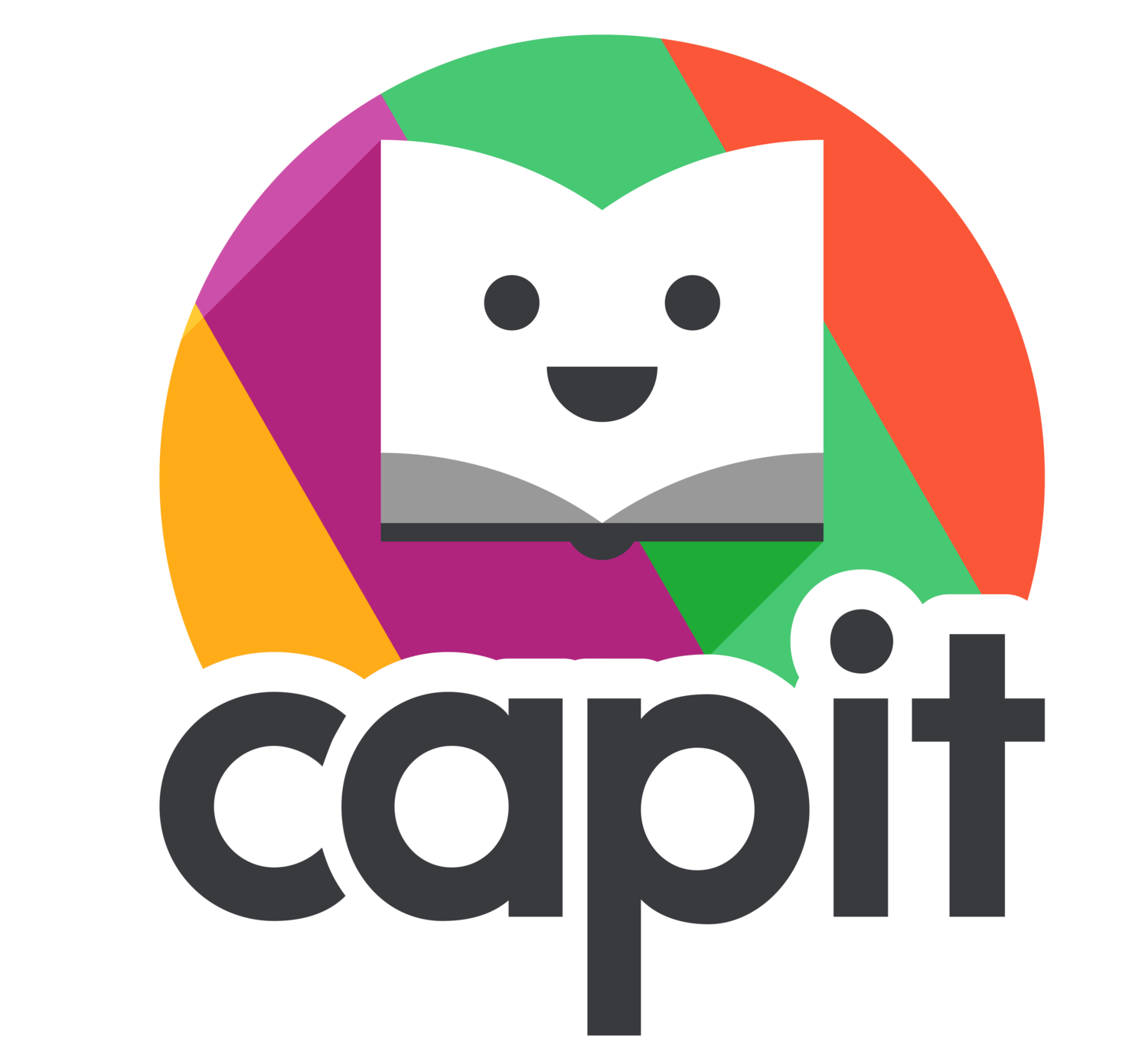3 Reasons Schools Need a Core Phonics Curriculum to Supplement Their Core ELA Program
By Eyal Rav-Noy
February 27, 2024
What is a Core Phonics Curriculum?
A core phonics curriculum is a dedicated program focused on teaching the relationship between sounds and their corresponding letters or groups of letters. This approach is foundational for reading and spelling, emphasizing the systematic and explicit instruction of phonemic awareness, decoding (reading), and encoding (spelling). Unlike traditional reading methods that may rely heavily on sight recognition of whole words or present phonics in an unsystematic or non-explicit format, a core phonics curriculum breaks down the reading process into more manageable, understandable lessons, ensuring students grasp the building blocks of written language from the outset. (For a deeper understanding of the role phonics plays in reading instruction, see our Literacy Talking Points webinar titled The Simple View of Reading: Decoding and Comprehension.)
Below are three reasons every school should invest in a core phonics curriculum to achieve the best literacy outcomes for all students.
1. Too Many ELA Curriculums Are Flawed
Many existing ELA curriculums lack a comprehensive, systematic approach to phonics, often assuming that students will naturally deduce phonetic principles through exposure to text. This assumption can leave significant gaps in a student's reading ability, particularly for those who do not intuitively pick up these skills. A core phonics curriculum addresses these flaws head-on by ensuring that phonics instruction is deliberate, systematic, and explicit, leaving no room for such gaps to develop. (To better understand the importance of deliberate, systematic, and explicit phonics instruction, see our Literacy Talking Points webinar titled Explicit and Systematic Instruction: The Key to Success in Literacy Learning.)
2. ELA Curriculums Lack Live and Actionable Data
One of the critical shortcomings of many ELA curriculums is the absence of live, actionable student progress data. Without this data, teachers are often in the dark about their students' specific challenges and strengths until standardized testing periods. A core phonics curriculum—integrated with technology—can provide real-time insights into each student's learning journey, allowing for immediate adjustments in instruction to better meet their needs.
3. ELA Curriculums Are Not Personalized
Personalization is key to effective learning, yet many ELA curriculums offer a one-size-fits-all approach that fails to engage or adequately support all students. A core phonics curriculum can be tailored to the individual learning pace and needs of each student, ensuring that advanced learners are challenged and struggling learners receive the focused attention they require. This personalization is crucial for keeping students engaged and motivated.
The Impact of a Core Phonics Curriculum
Supplementing a core ELA curriculum with a core phonics curriculum is an enhancement necessary to address the inherent flaws in many current ELA programs. By providing live data and personalization, a core phonics curriculum can help ensure all students become confident, proficient readers regardless of background or starting point.
Implementing a core phonics curriculum alongside a core ELA curriculum minimizes the need for later intervention by addressing and rectifying potential reading difficulties early in a child's educational journey. By focusing on phonics with a dedicated curriculum, schools can ensure a more inclusive, equitable, and successful literacy education for all students, setting them on a path to lifelong learning and achievement. (To dive into the research on the effectiveness of a core phonics curriculum, CLICK HERE.)
Reading Grants
I am thrilled to share with readers that Capit Learning has launched its Spring Grants which enables schools adopt a Core Phonics Curriculum. I have been blessed to sit on the CAPIT Grant Board and see firsthand the effects reading grants have on thousands of students around the country. Since 2021, Capit Learning has awarded close to a million dollars in grants, helping schools and districts close the reading gaps with CAPIT’s evidence-based curriculum.
To apply for a reading grant, CLICK HERE.


